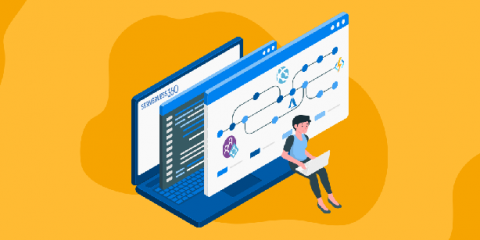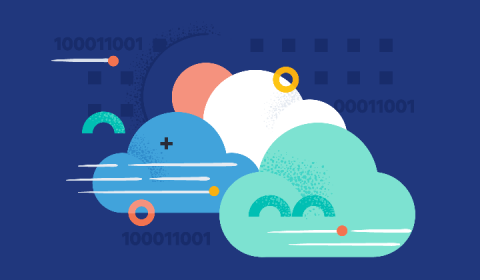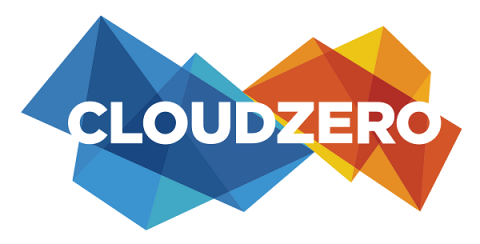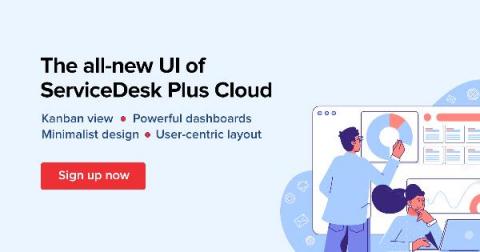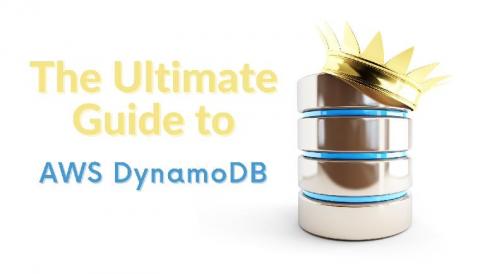Operations | Monitoring | ITSM | DevOps | Cloud
Latest News
Move users to another domain and retain AD Connect sync
We were recently asked for help by one of our clients that needed to separate a number of users from their existing domain by moving them into their own Active Directory forest. This can happen for all sorts of reasons, including divestments, security, geographical or division separation. Whatever the reason, they needed to move these users across into an entirely new AD domain.
Why AWS Lambda Throttles Functions (and how to fix it!)
Have you noticed recently that your AWS Lambda invocation requests are getting throttled? If so, your Lambda functions are probably not running as designed. Let’s examine the possible causes and solutions to poor Lambda performance.
How Lean Containers are a Perfect Fit for App Modernization
“Gartner predicts that by 2022, more than 75% of global organizations will be running containerized applications in production.”
Monitoring Elastic Cloud deployment logs and metrics
The ability to monitor your Elastic Cloud deployment is critical for helping ensure its health, performance, and security. Our Elastic Observability solution provides unified visibility across your entire ecosystem — including your Elastic Cloud deployments. Elastic Observability allows you to bring your logs, metrics, and APM traces together at scale in a single stack so you can monitor and react to events happening anywhere in your environment.
SaaS Leaders: Do You Know Who Your Least Profitable Customers Are? Here Are 4 Reasons You Should
At CloudZero, we talk to leadership teams at SaaS and companies every day. When it comes to individual customer profitability, the vast majority of them fall into two camps: they’re either taking their best guess — or they have no idea. Typically only the largest companies - those with the resources to dedicate a 5-10 person engineering team to calculating cost - have this level of insight. And you can be sure they yield that knowledge to their competitive advantage!
PagerDuty Summit: Lacework on the Shared Irresponsibility Model of Cloud Security
Cloud security has become increasingly complex of late. Cloud providers use tens of thousands of APIs, container orchestration systems are growing in number and complexity, and more platforms and services are entering the cloud-native ring. What’s more, each of these components pose a potential security risk to organizations. And it’s you as the customer that’s responsible for the configuration and security of those components.
How to sync users from a second domain using AD Connect
Do you need to integrate a new company in with your existing employer and therefore in to your already provisioned Azure AD tenant. Or perhaps just need to share your tenancy and office 365 services with more than one company, then you could find yourself in a position where you need to sync users from another domain and have already configured AD Connect, well there is a way to add the second domain to your current Azure tenancy, so you can sync those users from the second domain.
New design, layout, and features-the all-new UI of ServiceDesk Plus Cloud is here
The all-new UI of ServiceDesk Plus We are excited to launch the all new user interface for ServiceDesk Plus Cloud, the flagship ITSM software from ManageEngine. This latest UI update takes cues from the minimal design language and features restructured layouts that puts the user at the center of every module interaction. The new user experience is based on four dimensions. This redesign comes with multiple new features, as well.
The Ultimate Guide to AWS DynamoDB
DynamoDB is a key-value and document database with single-digit millisecond response times at any scale. It’s a fully managed durable database with built-in security, backup and restore capabilities. A keyword you’ll often hear with DynamoDB is that it is a NoSQL database, which simply means it doesn’t use the traditional SQL query language used in relational databases.


